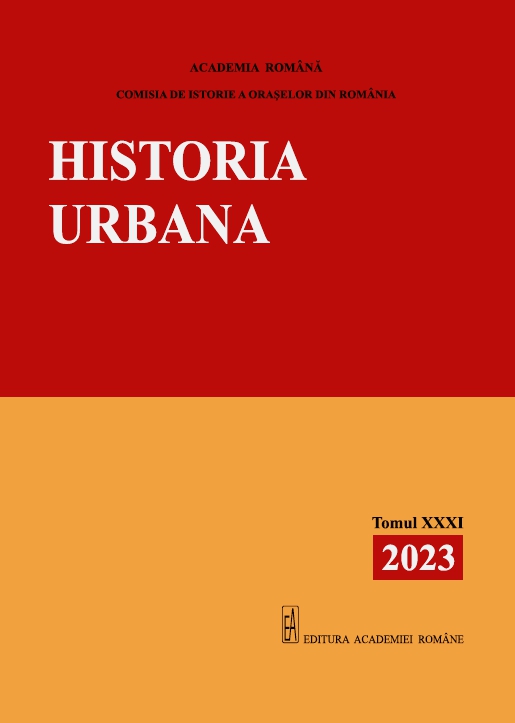Înființarea Eforiei orașului Iași (1833): deziderate și realități administrative
The Establishement of the Iași Municipal Council (1833): Goals and Administrative Realities
Author(s): Simion-Alexandru GavrişSubject(s): Public Administration, Local History / Microhistory, 19th Century
Published by: Editura Academiei Române
Keywords: municipal councils; Moldavia; Organic Statute; Ministry of the Interior; capital police;
Summary/Abstract: By a law enacted in March 1833, new administrative institutions, called eforii (municipal councils), were established in the main towns of Moldavia. Members of these councils were to be elected by local boyars, merchants and heads of corporations. The stated intention of the legislator was to turn them into institutions of local self-government. Nevertheless, at least in the immediate aftermath of their founding, administrative reality turned out to be different: the situation of Iași, the capital of Moldavia is, in this respect, a compelling example. Provisions regarding the designation of council members were implemented in a rather “selective” manner; councillors were treated more like subordinates of the central government than as representatives of a separate institution; the capital police refused to fulfil its legal obligation to cooperate with the municipal council. The statement made by the councillors, less than a month after they were elected, regarding their responsibility towards the people of Iași and their (at least partial) autonomy towards the government remained, for the time being, only a declaration of principle. The development of the new institution was contingent upon the immediate priorities of the central government and upon formal and informal power hierarchies of the time.
Journal: Historia Urbana
- Issue Year: XXXI/2023
- Issue No: 31
- Page Range: 21-33
- Page Count: 14
- Language: Romanian
- Content File-PDF

